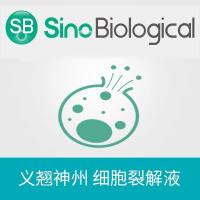In Vitro Maturation and In Vitro Fertilization of Human Oocytes
互联网
558
In vitro maturation (IVM) of human oocytes is an attractive technique for reducing the costs and averting the side effects of gonadotropin stimulation for in vitro fertilization (IVF). Edwards reported that human follicle oocytes could be matured in vitro when they were isolated from follicles and cultured in an appropriate system (1 ). The first successful fertilization of human oocytes matured in vitro was reported in 1969 (2 ). However, such a fertilized oocyte was not transferred back to patients until live birth of IVF of in vivo matured oocytes was achieved (3 ). A few IVF clinics have attempted to transfer embryos resulting from in vitro matured oocytes and have succeeded in getting the patient pregnant (4 –13 ). However, only recently did IVM become clinically viable for treating infertile women in some IVF clinics (8 ,10 –12 ). When compared with in vivo matured oocytes, the success rate is still low. The quality of oocytes after IVM appears to be suboptimal because embryos resulting from IVM show more frequent developmental block and transfer of such embryos results in low implantation and clinical pregnancy rates. Recent research advances, especially in the patient preparation, small follicle aspiration, and the oocyte culture system make it possible to adopt this new assisted reproductive technologies (ART) in IVF clinics. Women with infertility who have polycystic ovaries or polycystic ovarian syndrome (PCOS) should be considered for IVM treatment.









